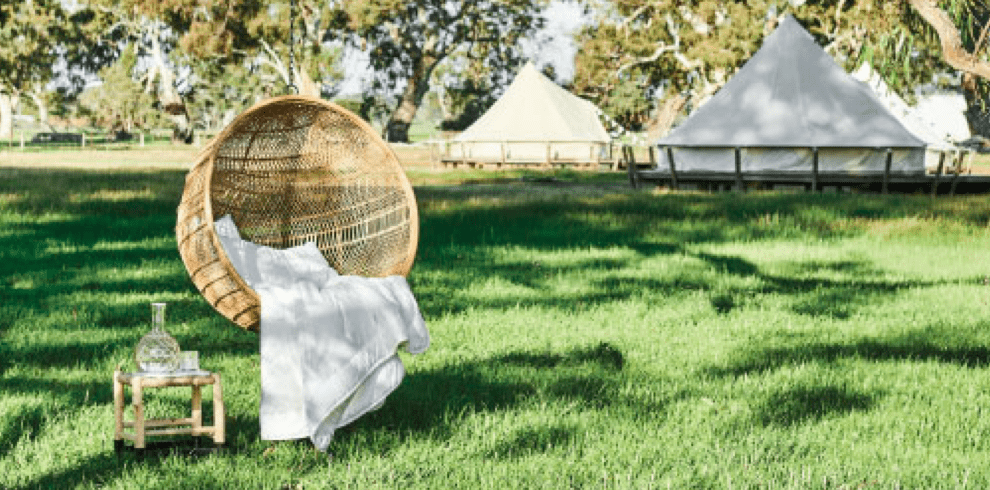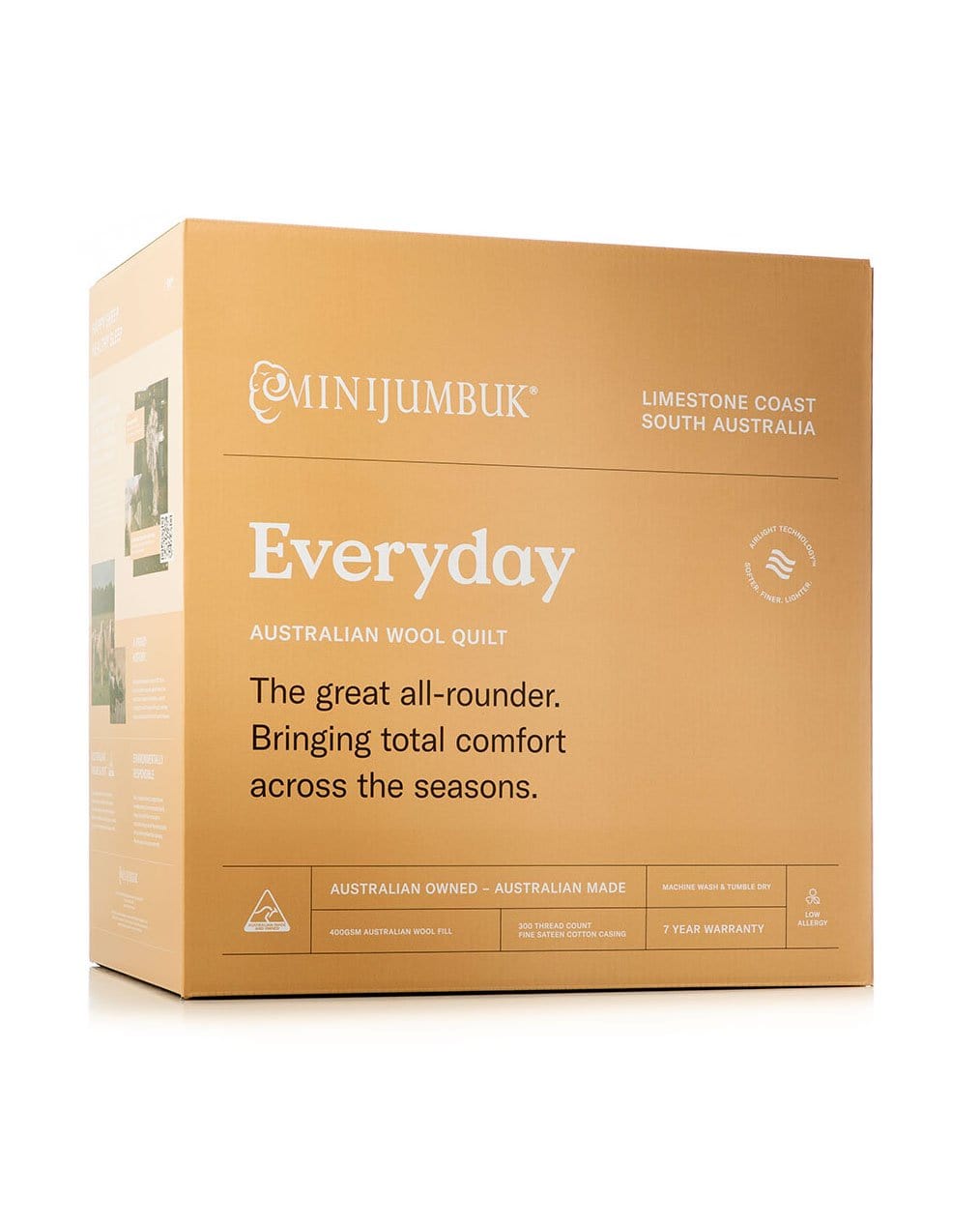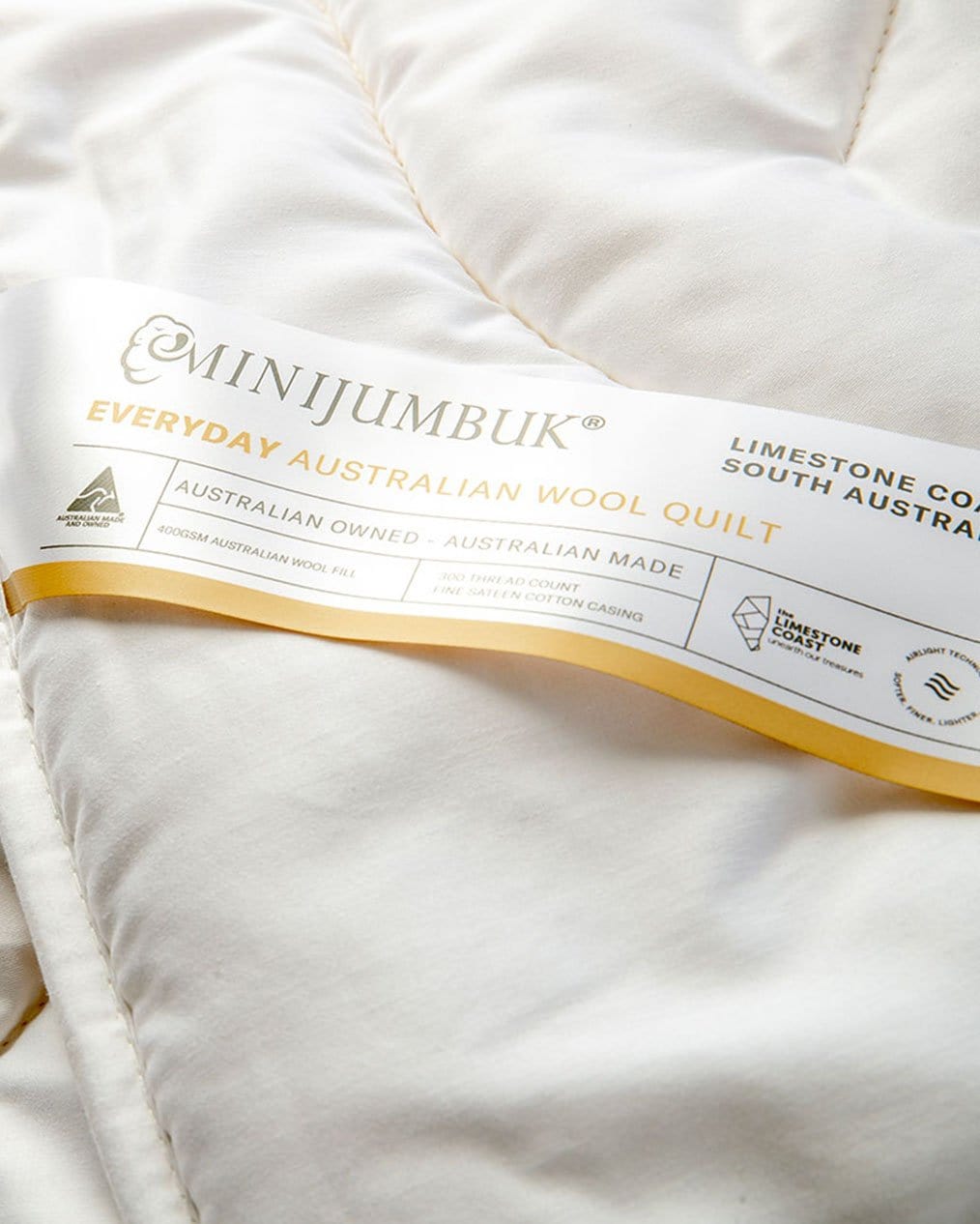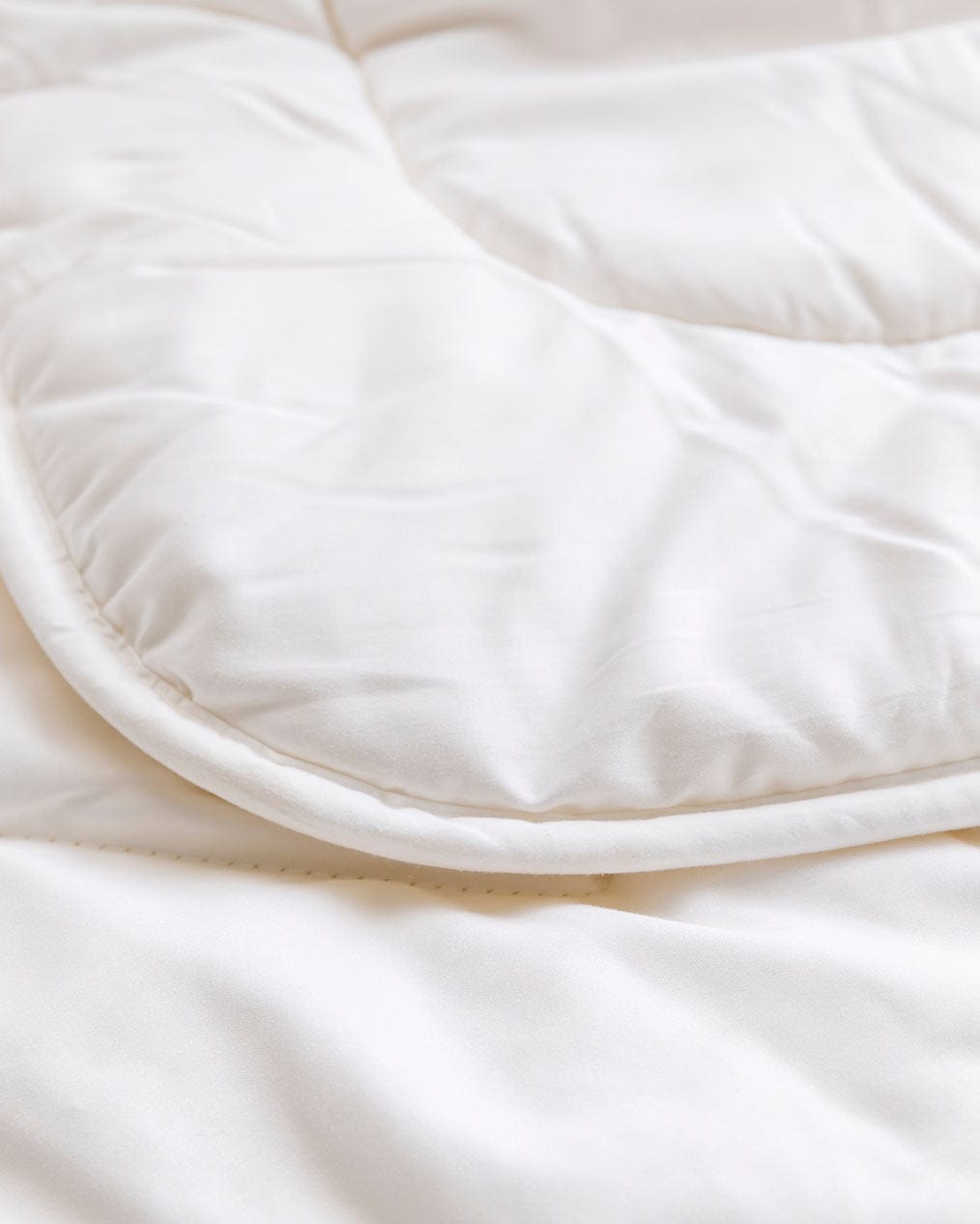For the sheep farmers of South Australia’s Limestone Coast, spring is a busy time of year! Cold and rainy winter days make way for longer, warmer and brighter days. It’s the perfect climate for growing grass, being outdoors and getting jobs done, so it’s not surprising that many farmers time their seasonal programs to coincide with the onset of the fairer weather.
One of these important spring tasks is shearing. Happening at least once each year, shearing is a busy and exciting time on the farm. This is when the wool is removed from the sheep. Having cared and nurtured their animals for the past 12 months, the farmers are about to be rewarded with, fingers crossed, a good price for their ‘clip’.A spring shearing is also perfect for the sheep, trimming their woolly fleece in time to help to keep them cool and healthy through the summer.

The sheep are brought into the shed while a highly skilled shearing team arrive early each day and get to work. The farmer is kept busy keeping up the supply of unshorn sheep for the shearers and returning the shorn animals back to their paddock.
The shearers are responsible for carefully and systematically removing the fleece from each sheep. After catching their sheep and settling them in position on the board, the shearer starts by removing the belly wool, followed by the shorter wool on the legs and head or ‘wig’. They then move to remove the longer and more valuable body wool.
The shed hands or rouseabouts, sweep the wool away, keeping the board clean and tidy, sorting the wool into different lines according to length and type. They pick up the fleeces and deftly throw them on to the wool table for ‘skirting’- removing any stained or sweaty wool from around the edges.
The classer assesses each fleece, sorting them to ensure that they are clean, true to type and match the other fleeces. The clean fleeces are then placed into the wool press where around 50 fleeces are needed to make a bale. The presser ensures each bale weighs approximately 195 kg and that it is correctly labelled with the farmers wool brand and contents.

Physically demanding, the days are long and hard. Experienced shearers are capable of shearing 300 or more sheep each day and the rest of the team need to keep up. Teams form a special camaraderie and the sheds are often full of fun, banter and lovable larrikins.
Based in Naracoorte, MiniJumbuk has partnered with local farmers to create our unique Limestone Coast Wool quilt range. This spring, our MiniJumbuk farmers are shearing their sheep to ensure we have plenty of wool to fill our Australian made wool quilts.















